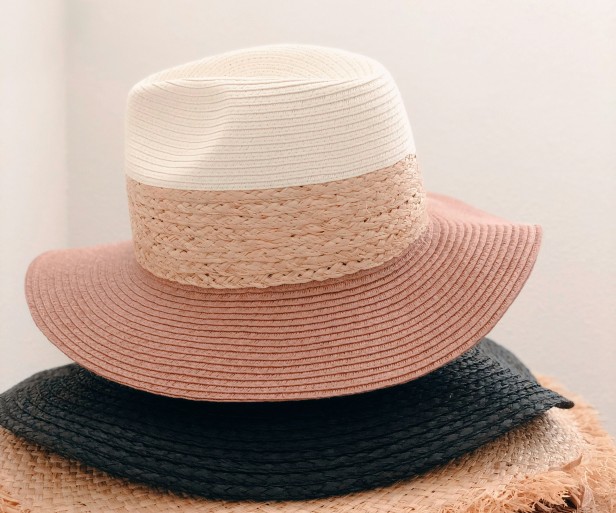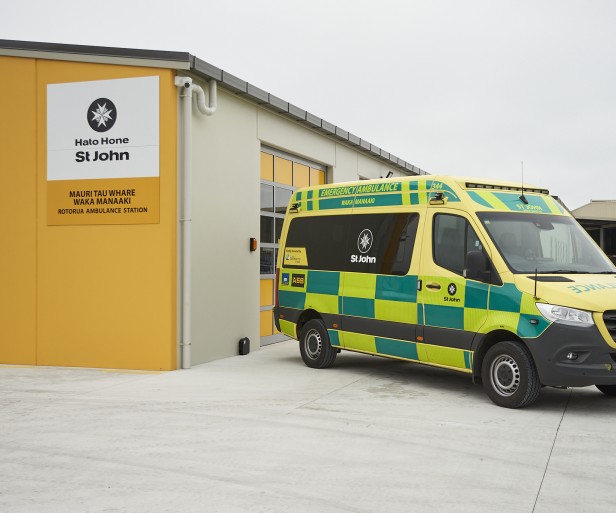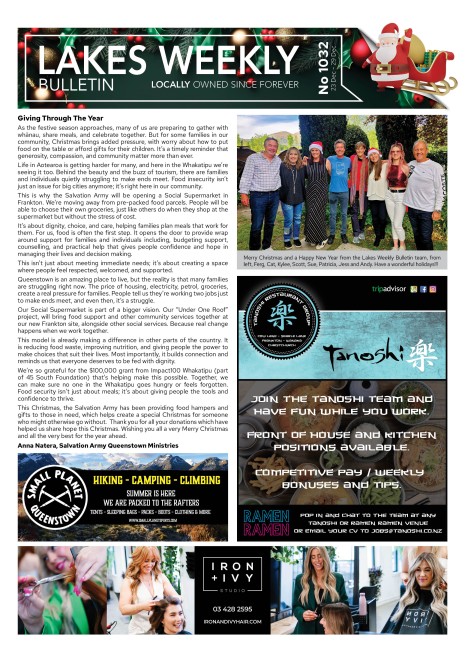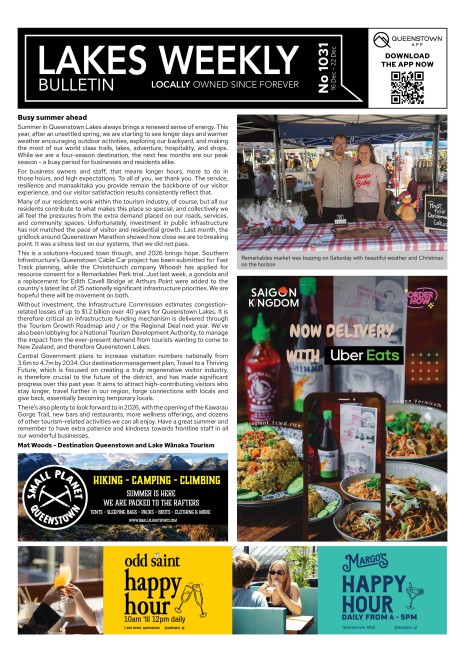Caring for the critters – Wildlife Savers to the rescue

Calling all creatures great and small. Kelvin Heights’ ‘Wildlife Savers’ are armed and ready to rescue - their carefully designed, home crafted posters now delivered to mailboxes throughout their neighbourhood.
Luella Sharpe and Freya Davies’ obliging parents will collect injured or unwell creatures and they’ve done this many times.
“We’ve saved a bellbird, a Harrier Hawk that ate a rabbit with lead poisoning,” Freya says, proudly. Their daring night rescue in ski gloves with Luella’s parents, saw the unwell hawk sleeping in the family bathroom in the cat cage, cosying up to the underfloor heating. After liaising with DOC and Kiwi Birdlife Park, which was going to take the bird in, unfortunately a vet’s check meant it had to be put down. “And we’ve helped a sparrow and lots of sick hedgehogs,” Luella says. One hedgehog just returned for the third year. They’re all marked individually, named, and documented.
They’ve even been saviour to a baby hedgehog at school, smuggling it out in a hoodie after the teacher told them not to touch it.
The girls have saved and nursed ‘Billy the Bellbird’ back to full health and freedom after he flew into Luella’s mum’s car. Regularly in contact with the Kiwi Birdlife Park for guidance, they nurtured it for two weeks until its tail started to grow back.
Since launching two years ago this passionate pair has fundraised, selling baking door to door to purchase a Night Cam surveillance camera for their backyard hedgehog house. This is checked regularly as late as 11pm by nightie-clad conservationists. As many as 30 hedgehogs regularly congregate, feeding on cat food - the perfect safe haven for any that are ailing.
The best part for this pair is “seeing animals happy and free after being injured” and “setting them free to fly or run away”.
Southern Lakes Sanctuary project director Paul Kavanagh says it’s so encouraging to see such kindness and empathy in kids that age and how much they care for the environment and wildlife. “I love hearing about things like this. These are our budding young conservationists of the future, and we need more like that,” he says.









